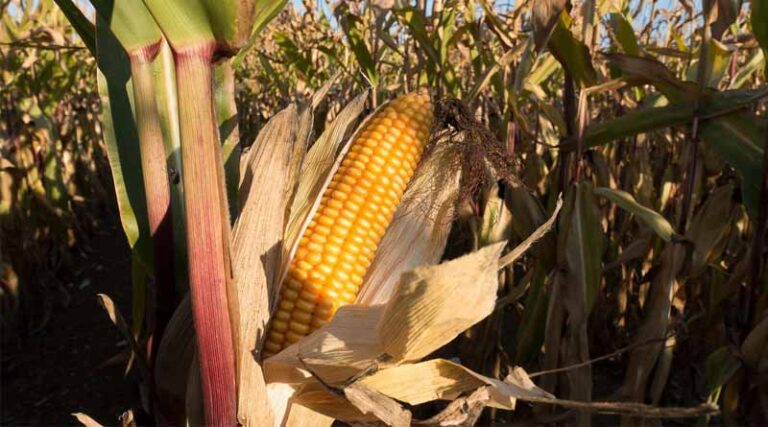
Understanding the Difference Between Sweet Corn and Field Corn
18 November 2025, New Delhi: A Visit That Started with a Wrong Bite
It was early in the morning when I walked through a quiet cornfield in central India. The plants were tall, the air was crisp, and curiosity got the better of me. I pulled a cob from a stalk, peeled the husk, and took a bite expecting the familiar crunch of sweet corn. Instead, my teeth met something hard and completely tasteless.
A nearby farmer chuckled and said gently, “That one isn’t for eating. It’s livestock corn. Humans don’t enjoy that, but pigs and cattle do.”
That single mistake was the beginning of understanding how different corn varieties really are, even though they look the same from a distance.
Sweet Corn and Why We Love It
Sweet corn is the variety most people associate with food. It is soft, juicy, and naturally sweet because it is harvested when the kernels are still young. At this stage, the sugar inside hasn’t turned into starch yet, which is why boiled or roasted sweet corn tastes so fresh and tender.
It’s the type we see on street carts, in salads, soups, pizzas, chaats, and home kitchens. Since sweet corn loses sweetness quickly after harvest, farmers must pick it at the right moment. The cobs are smaller, the kernels plump and bright, and the flavour unmistakably sweet.
Though botanically a grain, in daily life sweet corn behaves more like a vegetable. It’s grown on a much smaller scale compared to other types of corn, mainly because it is meant for direct human consumption.
Field Corn and Its Many Hidden Roles
The hard, bland cob I bit that morning was field corn, also known as dent corn, cattle corn, or livestock corn. Unlike sweet corn, this type is left to mature completely on the plant until the kernels become dry and firm. By harvest time, the husk is brown, the cob has lost moisture, and the kernels are filled with starch instead of sugar.
Most of this corn never reaches dining tables. It is grown for animals like pigs, cattle, and poultry. Feed mills depend heavily on it because it stores well and provides the energy livestock needs. A large portion also goes into making ethanol, industrial starch, corn oil, and thousands of everyday products.
Field corn plants are taller and tougher. The kernels have a duller colour and develop a slight dent when dry. Trying to eat one raw is like trying to bite a pebble.
Two Crops with Two Very Different Purposes
The farmer explained that despite looking similar from afar, the two types of corn grow differently, are harvested differently, and serve completely different purposes. Sweet corn is grown for taste. Field corn is grown for function.
Humans enjoy sweet corn directly. Field corn feeds animals, fuels vehicles, and quietly becomes ingredients used by industries. Breakfast cereals, bakery items, snack foods, adhesives, biodegradable packaging, and even cosmetics often come from field corn that has been processed in ways most people never notice.
A Simple Mistake that Explained Everything
Before leaving the farm, the farmer offered me a fresh sweet corn cob from a small plot on the side. The moment I tasted it, the difference became crystal clear. The sweetness, the softness, the tenderness—everything stood in contrast to the hard cob I had bitten earlier.
That initial mistake ended up being the best introduction to the world of corn. It showed how one crop can wear many faces. One version appears on our plates, the other works behind the scenes holding up entire industries.
Both are important, but they live completely separate lives in the fields and beyond.
📢 If You’re in Agriculture, Make Sure the Right People Hear Your Story.
From product launches to strategic announcements, Global Agriculture offers unmatched visibility across international agri-business markets. Connect with us at pr@global-agriculture.com to explore editorial and advertising opportunities that reach the right audience, worldwide.






